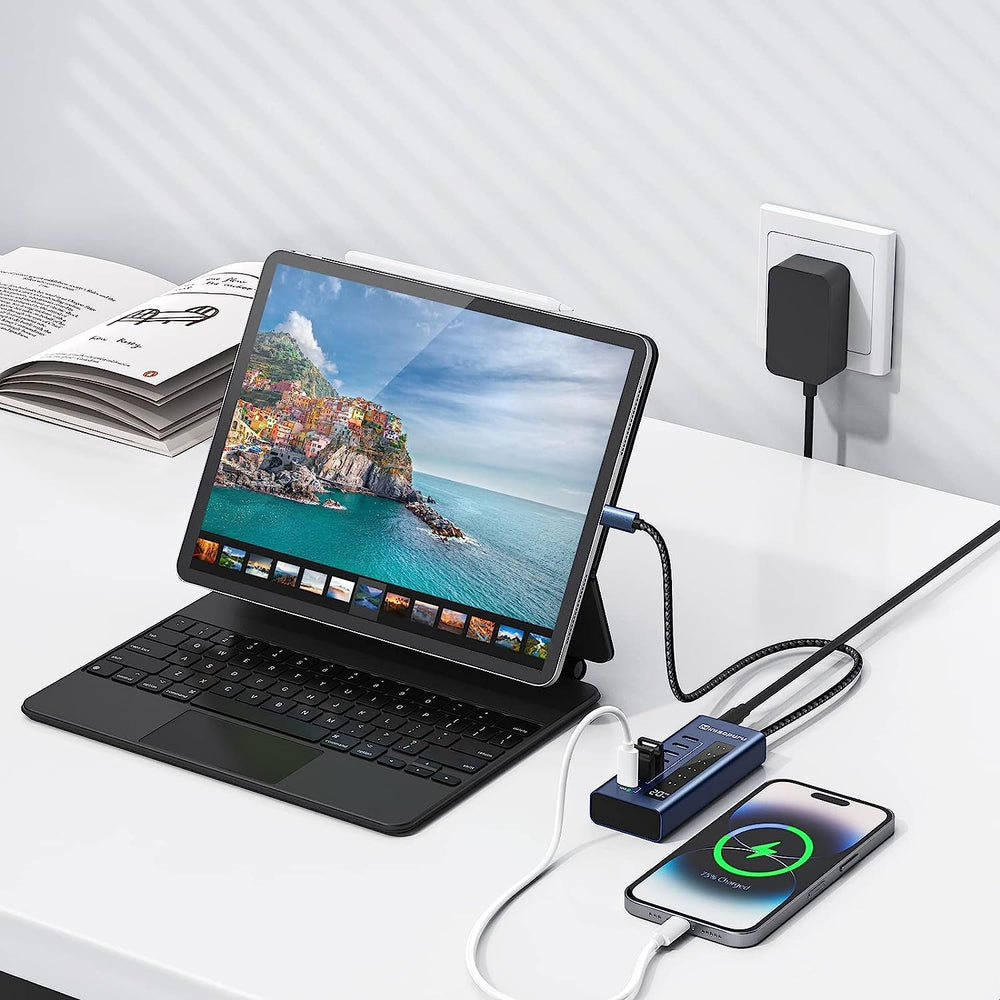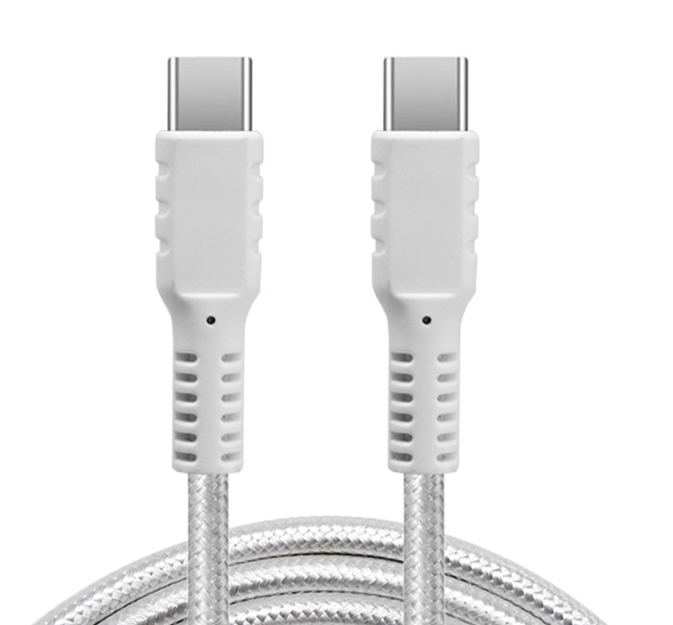In today's world, we are surrounded by various kinds of electronic devices, and all of them come with different types of interfaces. The interfaces are used to connect the devices with each other and transfer data or signals. In this article, we will discuss three popular interfaces - VGA, HDMI And DP. We will talk about their origins, development history, and differences.

VGA Interface:
VGA stands for Video Graphics Array. It was first introduced in 1987 by IBM. The VGA interface was designed to replace the older interfaces like CGA (Color Graphics Adapter) and EGA (Enhanced Graphics Adapter). The VGA interface became very popular in the 1990s and early 2000s.
The VGA interface has a maximum resolution of 640x480 pixels and supports up to 16 colors. It uses an analog signal to transmit the video data, which can cause signal degradation over long distances.

HDMI Interface:
HDMI stands for High Definition Multimedia Interface. It was first introduced in 2002, and it quickly became the standard interface for high-definition video and audio transmission. The HDMI interface was developed by a group of companies, including Sony, Toshiba, Panasonic, and Philips. The main purpose of the HDMI interface was to replace the older analog interfaces like VGA and DVI.
The HDMI interface has gone through several revisions over the years. The latest version is HDMI 2.1, which was released in 2017. HDMI 2.1 supports higher resolutions, higher frame rates, and more color depth. It also supports features like dynamic HDR, variable refresh rate, and eARC.

DP Interface:
DP stands for DisplayPort. It was first introduced in 2006 by VESA (Video Electronics Standards Association). The DP interface was designed to replace the older interfaces like VGA and DVI. The main advantage of the DP interface is that it can support higher resolutions and refresh rates than HDMI.
The DP interface has gone through several revisions over the years. The latest version is DP 2.0, which was released in 2019. DP 2.0 supports higher resolutions, higher refresh rates, and more color depth. It also supports features like Display Stream Compression (DSC) and Forward Error Correction (FEC).
Differences between VGA, HDMI, and DP:
- Resolution: HDMI and DP both support higher resolutions than VGA. HDMI 2.1 supports up to 10K resolutions, while DP 2.0 supports up to 16K resolutions. VGA has a maximum resolution of 640x480 pixels.
- Refresh Rate: HDMI and DP both support higher refresh rates than VGA. HDMI 2.1 supports up to 120Hz refresh rate, while DP 2.0 supports up to 144Hz refresh rate. VGA has a maximum refresh rate of 60Hz.
- Audio: HDMI supports audio transmission along with video data, while DP and VGA do not support audio transmission.
- Distance: HDMI and DP can transmit data over longer distances than VGA without signal degradation.
- Compatibility: HDMI and DP are compatible with each other through adapters or converters, while VGA is not compatible with either HDMI or DP.
Conclusion:
In conclusion, all three interfaces - HDMI, DP, and VGA - have their own advantages and disadvantages. HDMI is best suited for high-definition video and audio transmission, while DP is best suited for high-resolution and high-refresh-rate displays. VGA is an outdated interface that is still used in some legacy systems. It is important to choose the right interface based on your requirements to get the best performance from your electronic devices.



